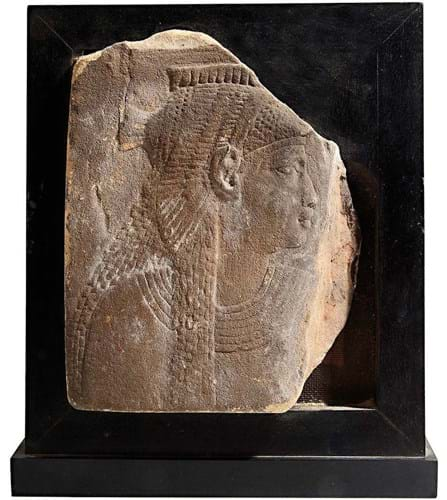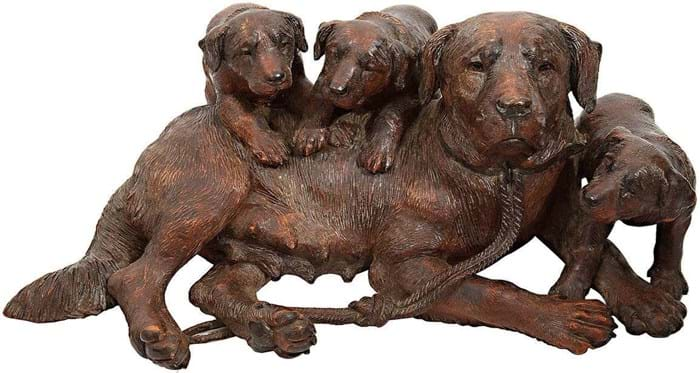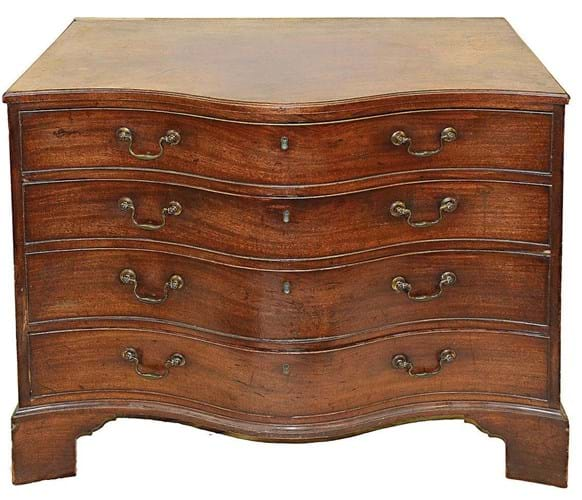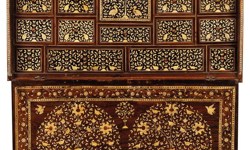From the treasures of ancient Egypt to a 1970 Rolex, Catherine Southon’s (24% buyer’s premium) first sale of 2022 at Farleigh Golf Club in Surrey got the year off to a wide-ranging and impressive start.
Best of two Egyptian antiquities from a deceased estate – a local gentleman who had collected all kinds of curiosities – was a 10in (25cm) high sandstone fragment of the head and shoulders of a goddess. It needed professional restoration but, against an £800-1200 estimate, the undated fragment sold to a UK buyer at £9000.
More was known about a 6½in (17cm) tall carved wood head rest: it is the same form as another in the Walters Art Museum in Baltimore and one offered at Sotheby’s in July 2018 dated to the 6th Dynasty, 2360-2195BC. The example at Sotheby’s had sold at £18,000.
There was huge pre-sale interest in the head rest at Southon’s February 2 sale at Selsdon but the auction house had no full provenance available and sights were set lower – a judgment proving accurate when the piece sold on its lower estimate to an overseas bidder at £6000.
As three weeks earlier Stroud Auctions had taken £32,000 (plus 18% buyer’s premium) for an ancient Egyptian head (ATG No 2528), this is plainly a buoyant market.
Pepsi tastes success
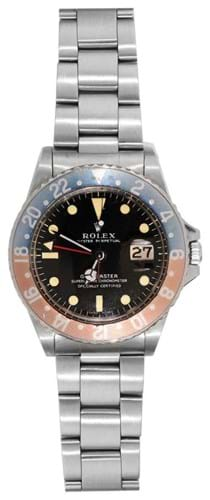
At Catherine Southon’s auction on February 2, a Rolex stainless steel GMT Master ‘Pepsi’ bracelet wristwatch – a type originally designed for Pan Am crews on long-haul flights – came with the 1970 original receipt and service history. The slightly whiter hour hand suggested a possible replacement. Bidders were undeterred and the watch, with calendar aperture, red 24-hour hand and classic blue and red ‘Pepsi’ bezel, was competed for by international and home bidders before going to the UK trade at a double-estimate £18,000 (plus 24% buyer’s premium).
Moving on four millennia, and back at Catherine Southon, the Rolex stainless steel GMT Master ‘Pepsi’ bracelet wristwatch – a type originally designed for Pan Am crews on long-haul flights – came with the 1970 original receipt and service history.
The slightly whiter hour hand suggested a possible replacement.
Bidders were undeterred and the watch, with calendar aperture, red 24-hour hand and classic blue and red ‘Pepsi’ bezel, was competed for by international and home bidders before going to the UK trade at a double-estimate £18,000.
Gloucestershire online saleroom British Bespoke Auctions sold a similar watch in July 2020 at a treble-estimate £18,500 (plus 19% buyer’s premium), which was among the highest known prices for the desirable model. Differing premiums meant that buyers of each paid around £22,000.
Lots from the 18th to early 20th centuries filled most of the rest of the Surrey sale, where 92% of the 670 lots got away to a hammer total of £264,000.
Best of a 30-strong offering of Chinese ceramics and jades was a 19th century lobed square bowl decorated with immortals, a dragon and clouds and trees. The 3in tall x 6½in diameter (7.5 x 17cm) bowl with iron-red four-character mark had a chip rim and hairline crack but sold online at £3800 against a £100-150 estimate.
While Chinese ‘surprises’ are common enough, Japanese material eclipsing estimates is rarer these days.
However, a Meiji wood netsuke carved as a monkey and her baby estimated at £100-150 triggered wide interest and sold at £4800 to an international buyer online.
The 1½in (3.5cm) high, finely carved figure bore a signature which presumably some bidders thought they could identify.
The auction house said later that analysis suggested it was that of the Edo carver Tomokazu.
Another wood carving to catch the eye was a 17in (43cm) long St Bernard bitch and three puppies attributed to Walter Mader.
Mader was one of the finest of about 600 craftsmen working in the small Swiss town of Brienz making souvenirs for the upmarket late 19th and early 20th century tourist trade. He remains a major name in the popular market for what are now called Black Forest carvings.
His mountain dogs are particularly well observed.
In August 2020 at Hannam’s of Selborne, a c.1890 a maple walking-stick stand in the manner of Mader, carved as a near life-size hound, took a five-times-estimate £14,000 plus 19% buyer’s premium (ATG No 2455).
The St Bernard at Selsdon had some condition problems. Three of the puppies’ legs had been broken and reglued and one was lost, as was one tail.
However, it was an attractive carving of good colour and it quadrupled the mid-estimate, selling to a UK buyer at £4000.
Home front
On the home front, good ordinary 18th and 19th furniture got away at the sort of three-figure prices now the norm with the occasional piece of real quality, such as a George III mahogany serpentine chest of drawers, catalogued as in the manner of Thomas Chippendale, standing out.
The 3ft 6in (1.06m) wide chest had some lifting to the veneers, sun bleaching to the top and minor losses to the cockbeading, but it was in original condition, including period handles and locks. It sold at a six-times-estimate £4500.
It was a similar story among the silver where the exception to run-of-the-mill pieces was a novelty silver cock pheasant pepperette by William Edward Hercomb, London, 1901, offered together with another similar but unmarked example. These sold at £2600 against a £300-400 guide.


